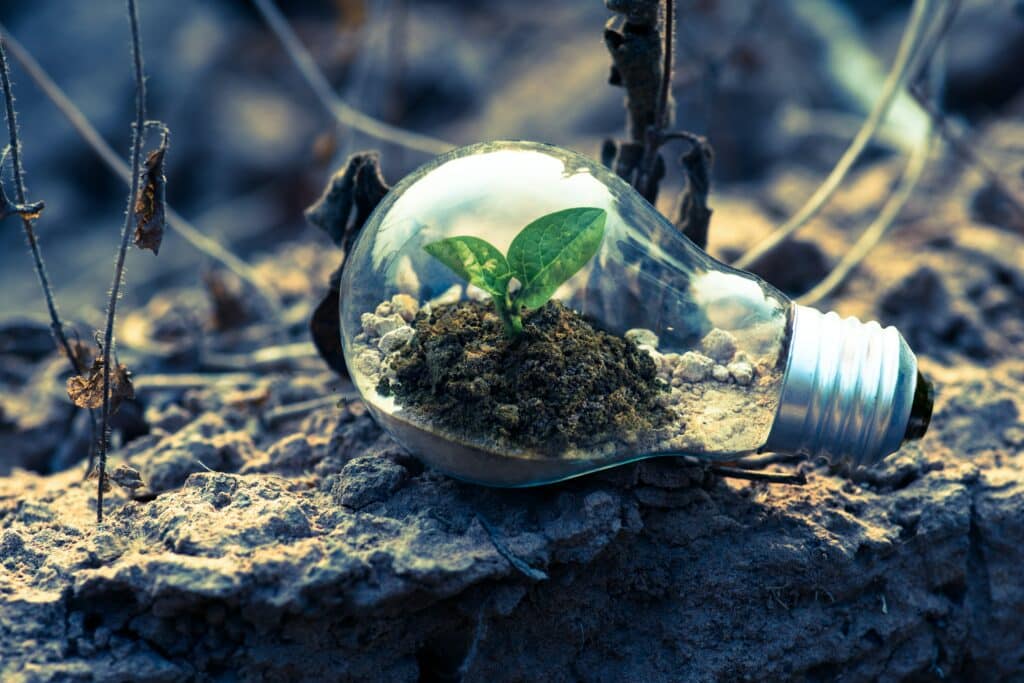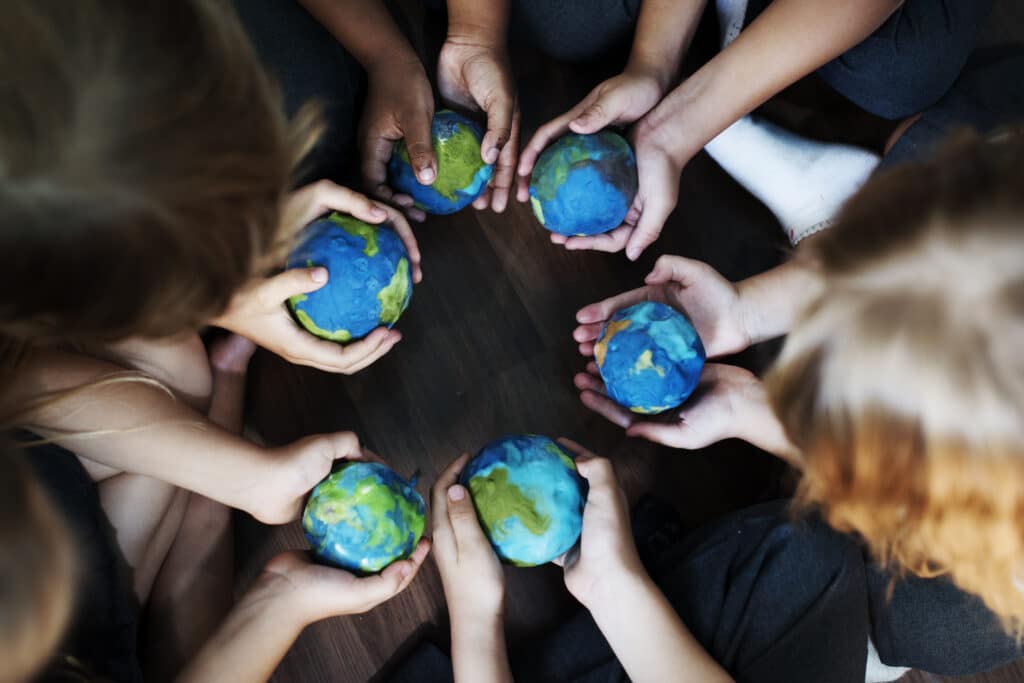Life without plastic is almost unimaginable nowadays. Whether packaging, clothing, cosmetics, household appliances or car tires, we are surrounded by plastic everywhere. Plastic offers a lot of advantages, no question. However, it also brings with it serious problems that increasingly threaten the environment, wildlife, but also us humans.
Plastics: A success story without a happy ending
Plastic is a very advantageous material: it is light, cheap, flexible, water-repellent and available in a wide variety of shapes, colors and degrees of hardness. No wonder that no sector can do without the material anymore. However, plastic production is anything but sustainable, as it consumes many resources, above all crude oil. In addition, a lot of CO2 is blown into the air during production. Every year, about 400 million tons of plastic are produced worldwide, a large part (about 40%) in the form of packaging and disposable products. This results in around 47 kg of packaging waste every year, with other plastic waste on top of that.
The environment as a giant trash can
As convenient as plastic is in everyday life, when it is no longer needed, it often ends up polluting the environment – with devastating consequences. A plastic bottle takes 450 years to completely decompose, releasing chemical additives into the environment. Carelessly discarded waste such as cigarette butts poison the air and groundwater, and especially such small items as bottle caps or candy wrappers find their way into the sea via rivers or wind. The most common products in our oceans are cotton swabs, disposable tableware, food packaging, plastic bottles, cigarette filters or plastic bags. Yet what can be seen on the surface is only the tip of the garbage mountain. Around 90% of the waste sinks to the bottom of the ocean and accumulates there. By 2050, there will probably be more plastic than fish in the oceans, barely 100 years after the material was invented.
The dark side for animals & humans
The plastic that ends up in the sea poses a major threat to ecosystems and wildlife. Dolphins, turtles, seals and the like get entangled in old pieces of plastic or fishing nets left behind and suffer injuries or, in the worst case, drown. Fish and birds mistake smaller plastic scraps for food and subsequently starve to death. In addition, microplastics are a huge problem because they cannot be collected again. Microplastics are often created by the incorrect disposal of clothes or cosmetic products and, due to their tiny size, spread quickly across the globe. Animals also ingest it along with the pollutants it often contains and become ill. This is also a risk for us humans, as we consume these pollutants and microplastics ourselves when we eat marine animals. Plasticizers, for example, can affect hormone balance and harm children in the womb. The actual long-term health effects of the pollutants contained in plastic are not yet fully known due to the long time span involved. It is believed that a person in Europe eats about 5 grams of microplastics, depending on their diet. That is about as much as a credit card.
Recycling: Well-intentioned, but...
In the 1970s, waste separation and thus recycling were increasingly introduced in Germany. The idea is to reprocess and reuse old plastic and other recyclable materials in order to save resources. Germany has the largest reusable system in the world, but the recycling rate is only 40%. One reason for this is that the production of new plastic products is simply cheaper and requires less effort.
That’s why it’s up to all of us, every single one of us: we should save plastic where we can. Do bananas really have to be put in a plastic bag when you buy them in the supermarket, even though the peel is not consumed? If we all take a look at our own nose and reduce our plastic consumption, this will have a great effect and we will protect the environment, animals and people.
Power & Energy – already switched to LED?
Greenhouse gas emissions in the EU are to be brought to net zero by 2050. This means that by 2050, a balance must be achieved between the amount of emissions produced and the emissions removed from the atmosphere. This is intended to contribute to the reduction of global warming. On the way there, it is necessary to halve emissions approximately every ten years. In the course of this, clean energy should also be made available to all those who lack it. To achieve this, necessary turnarounds are needed, one of which is the transformation of energy systems.
Carpooling & ride-sharing for a better climate
Discover the benefits of carpooling and ridesharing for more sustainable mobility. Learn how you can save costs and actively contribute to climate protection by traveling together. Find carpool partners for your commute or occasional long-distance trips. Join us and experience a more environmentally friendly form of mobility!
Saving CO2 to protect our earth
Human-induced climate change is caused, among other things, by harmful greenhouse gases, with one in particular being emitted by industrial society: Carbon dioxide. In this article, you will learn what carbon dioxide does in the atmosphere, why it’s important to save CO2 and how you can do this in your everyday life. Rising concentrations Carbon […]







